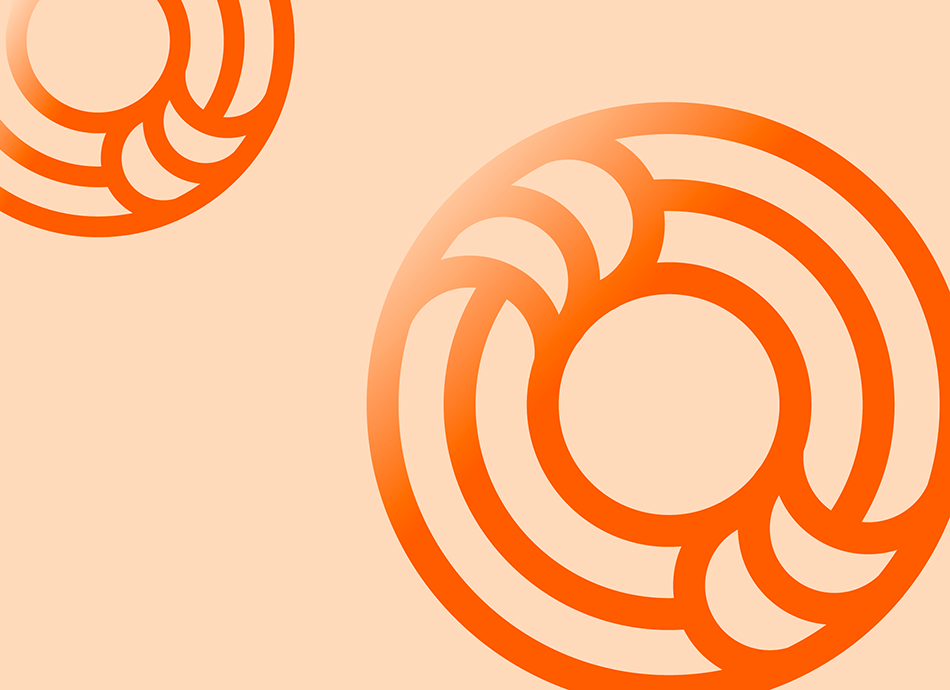Child abuse is defined as any intentional action that physically, emotionally or sexually harms or injures a child. Abusers are commonly people trusted by the child or the family, and can be adults or young adults. Child abuse can happen to any children regardless of age, gender or race and sometimes can be difficult to identify.
Healthcare providers should consider and suspect child abuse in cases where there are risk factors for vulnerability, indicators of neglect and concerning features of child–caregiver interaction. Some of the signs include but are not limited to:
- unexplained bruises, cuts or abrasions
- burns marks
- unexplained fractures or dislocations
- behavioural concerns of the child such as emotional withdrawal or anxiety
- developmental delays
- poor child–caregiver interaction including adults hitting or yelling
- children mentioning that they have been hurt by the caregiver or being fearful.
Other family risk factors include:
- history of abuse or suspected abuse
- family violence
- severe social stress or lack of support
- mental health problems in parents
- drug or alcohol problems
- children left home alone or being neglected
- children repeatedly not attending school.



